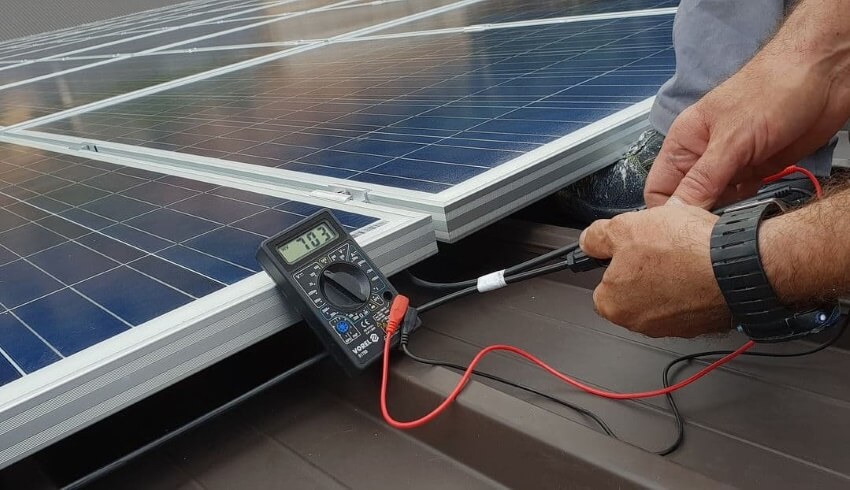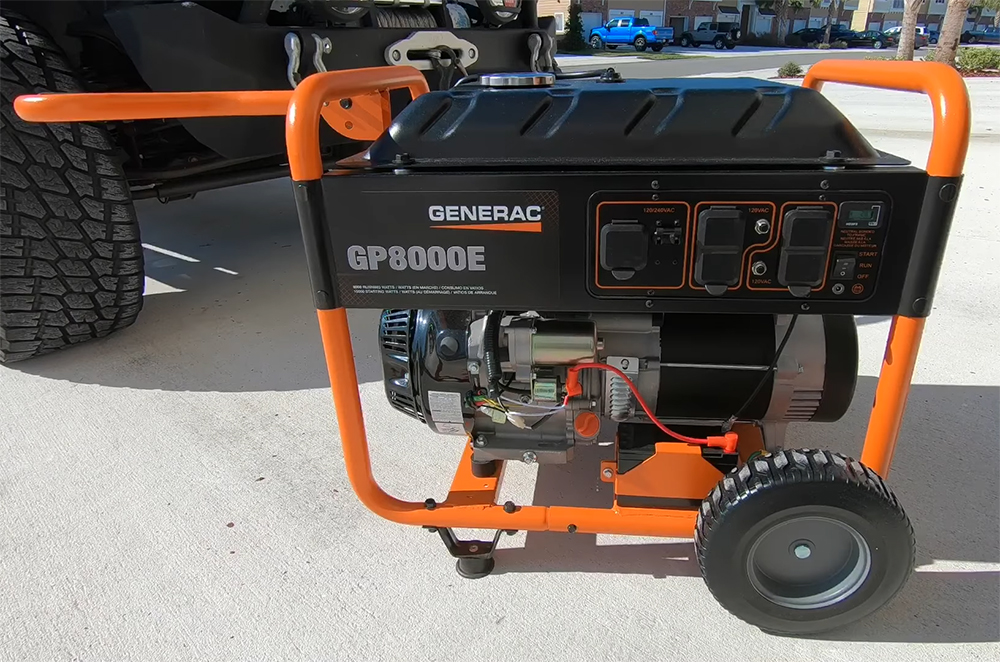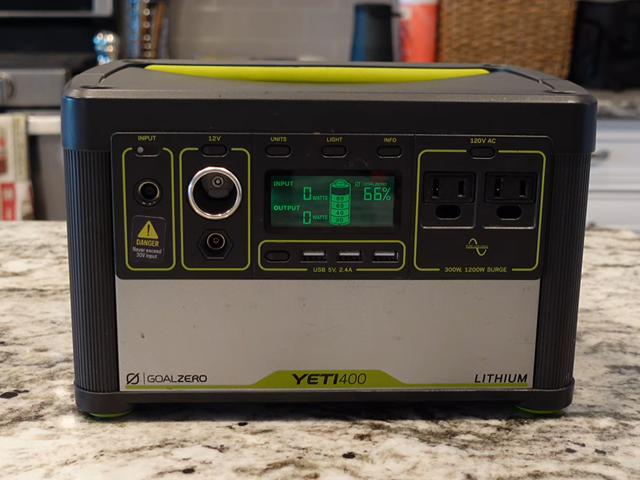
When looking into portable electric power production, you’ve probably run into the terms “alternator” and “generator.” Alternators and generators both produce electricity using a motor and magnetic field. But, although the end result is similar, alternators and generators work in very different fashions.
The differences between an alternator vs. generator are important, because it means that these two-power generating devices are often used for completely different purposes. In this guide, we’ll walk you through the differences between an alternator and generator and explain the advantage of an alternator vs. generator.
Generators convert mechanical energy into electrical one. The heart of a generator consists of a coil of wires attached to a motor. The motor forces the coil of metal wires to spin very quickly inside a stationary magnetic field, producing electricity in the process.
There are a few important consequences to this mechanism for electricity generation. First, generators must be polarized in order to work – that means that the static magnetic field must have positive and negative poles within the generator. Second, generators produce constant voltage in the form of direct current. Perhaps most relevant for how we use generators, generators use all of the energy that is produced as they work.
An alternator is effectively the opposite of a generator. In an alternator, the coil of wires is static while the magnetic field spins around it.
This motion produces alternating current in contrast to the direct current produced by generators. In addition, alternators don’t need to be polarized like generators do.
The differences in electricity production between alternators and generators lead to some interesting divergences. In general, alternators can be much smaller since the magnetic field is spinning rather than the often large coil of wires. Another advantage of alternators is that they don’t have to produce energy constantly – they only use the energy that is needed, making them much more efficient than generators.
However, there are some advantages to generators. Because generators create DC current, they are able to directly charge a dead battery. You can’t charge a battery once it is completely dead with an alternator because the energy-producing device isn’t polarized. The larger size of generators can also be an advantage for large-scale power production.
Alternators are used in a wide variety of applications. The one that you’re probably most familiar with is the alternator in your car. But, what’s interesting about this is that your car battery uses direct current – and alternators create alternating current. In fact, the alternating current produced by your alternator is converted into direct current power before it’s delivered to the rest of your car. This is because alternators are smaller and more efficient than generators, so it makes more sense to convert the electricity rather than use a generator inside your car.
Confusingly, most portable generators also use alternators to create electricity. These generators got their name because they generate power – not because they’re mechanical generators. Since most appliances use alternating current, the electricity coming from your portable generator doesn’t need to be converted before you can draw it from the outlet.
Generators are typically used for large-scale power generation. In this setting, it’s a good thing that generators are constantly producing voltage, and their size is also an advantage. However, just as electricity from your car alternator needs to be converted, so too does electricity from the power plant. After all, most of us use alternating current in our homes rather than direct current.
| Generator | Alternator | |
| Electricity Generation | Coil of wires spins inside a stationary magnetic field | Magnetic field spins around a stationary coil of wires |
| Polarization | Needs to be polarized for use | Does not need to be polarized |
| Current Produced | Produces direct current | Produces alternating current |
| Size | Larger, creates constant voltage, and uses all the energy it produces | Smaller, creates voltage only when needed, and uses only the energy that is needed |
| Application | Can be used to charge a dead battery | Cannot be used to charge a dead battery |
| Usage | Typically used for large-scale electricity generation | Typically used for cars, portable generators, and other small-scale electrical production |
Alternators involve a spinning magnetic field, while generators spin a coil of wires inside a static magnetic field. This seemingly small difference in mechanics leads to all the differences between alternators vs. generators.
If you’re wondering whether an alternator or generator is better, there’s not really a perfect answer – it depends on what your electricity production needs are. Generators are generally best for large-scale electricity production, while alternators are more commonly used in individual applications like your car alternator and portable generators. Because of this, you’re probably more familiar with alternators. However, that doesn’t mean that generators aren’t important as well, since they form the foundation of the electrical grid.





